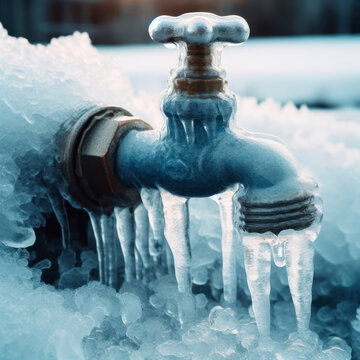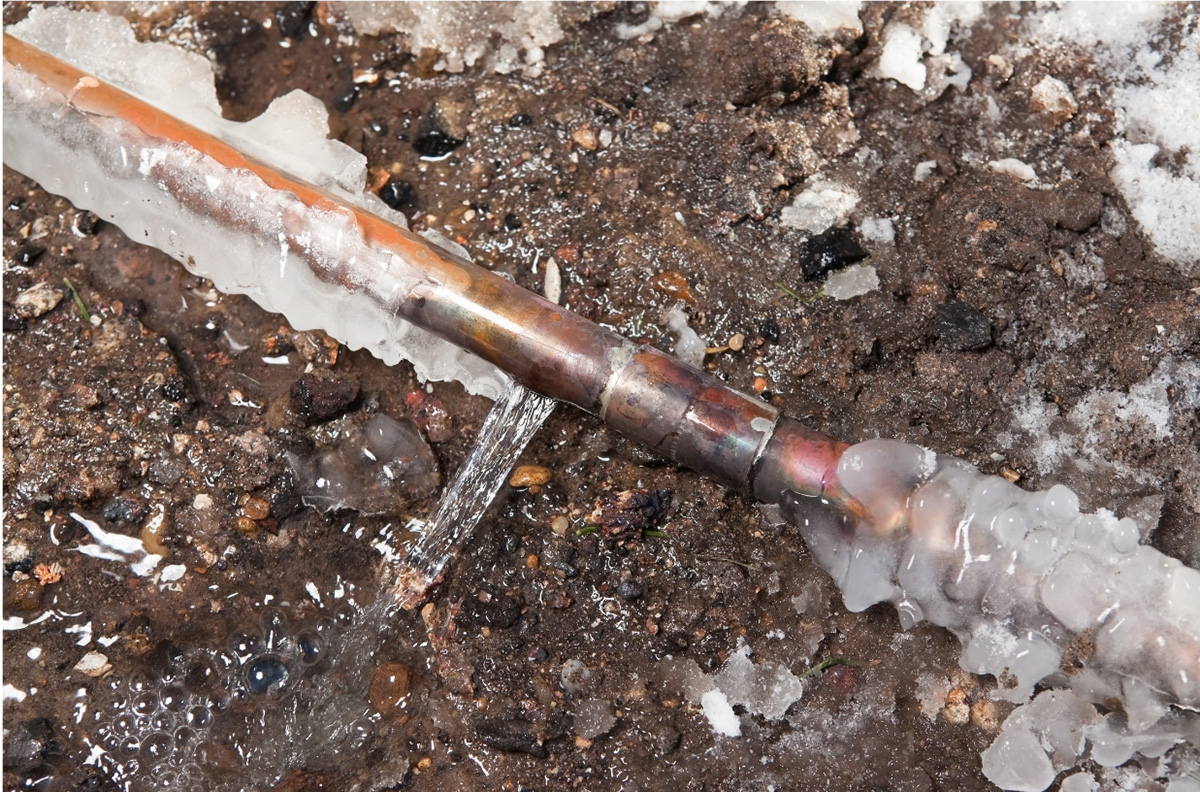Guidance for Avoiding Frozen Plumbing in Winter: Expert Advice
Guidance for Avoiding Frozen Plumbing in Winter: Expert Advice
Blog Article
We've unearthed the article relating to How To Avoid Freezing Pipes directly below on the net and accepted it made sense to write about it with you on this site.

Winter can ruin your plumbing, especially by freezing pipes. Right here's exactly how to avoid it from occurring and what to do if it does.
Introduction
As temperatures drop, the risk of frozen pipes rises, possibly leading to costly repair work and water damage. Understanding exactly how to avoid frozen pipes is vital for house owners in chilly environments.
Comprehending Frozen Pipelines
What triggers pipes to freeze?
Pipes freeze when revealed to temperature levels listed below 32 ° F (0 ° C) for expanded durations. As water inside the pipes ices up, it increases, putting pressure on the pipe walls and possibly creating them to burst.
Risks and damages
Frozen pipelines can lead to water supply disturbances, home damages, and expensive repair work. Burst pipes can flooding homes and create extensive structural damage.
Indications of Frozen Water Lines
Determining icy pipelines early can avoid them from rupturing.
Just how to recognize frozen pipes
Search for decreased water circulation from taps, uncommon odors or sounds from pipes, and visible frost on exposed pipes.
Avoidance Tips
Insulating at risk pipes
Cover pipelines in insulation sleeves or use warm tape to shield them from freezing temperatures. Focus on pipes in unheated or outside locations of the home.
Home heating techniques
Keep indoor rooms effectively warmed, especially areas with plumbing. Open cabinet doors to allow warm air to distribute around pipes under sinks.
Securing Exterior Pipes
Yard tubes and exterior taps
Separate and drain pipes yard pipes before wintertime. Set up frost-proof spigots or cover outdoor taps with shielded caps.
What to Do If Your Pipes Freeze
Immediate actions to take
If you believe icy pipes, keep taps available to eliminate pressure as the ice thaws. Make use of a hairdryer or towels taken in hot water to thaw pipelines gradually.
Long-Term Solutions
Structural adjustments
Consider rerouting pipelines away from outside wall surfaces or unheated areas. Include additional insulation to attics, basements, and crawl spaces.
Updating insulation
Invest in top quality insulation for pipelines, attics, and wall surfaces. Appropriate insulation aids maintain regular temperatures and minimizes the threat of frozen pipes.
Verdict
Preventing frozen pipes requires proactive steps and quick reactions. By comprehending the causes, signs, and preventive measures, property owners can safeguard their plumbing during cold weather.
6 Proven Ways to Prevent Frozen Pipes and Protect Your Home
Disconnect and Drain Garden Hoses
Before winter arrives, start by disconnecting your garden hoses and draining any remaining water. Close the shut-off valves that supply outdoor hose bibs and leave the outdoor faucet open to allow any residual water to drain. For extra protection, consider using faucet covers throughout the colder months. It’s also important to drain water from any sprinkler supply lines following the manufacturer’s directions.
Insulate Exposed Pipes
Insulating your pipes is an effective way to prevent freezing. Pipe insulation is readily available at home improvement stores and is relatively inexpensive. Pay close attention to pipes in unheated areas such as the attic, basement, crawl spaces, or garage. Apply foam insulation generously to create a buffer against the cold. You can also wrap your pipes in heat tape or thermostat-controlled heat cables for added warmth.
Seal Air Leaks
Inspect your home for any cracks or openings that could let in cold air. Seal any holes around the piping in interior or exterior walls, as well as the sill plates where your home rests on its foundation. Additionally, make sure to keep your garage door closed unless you’re entering or exiting. Leaving it open creates a significant air leak that can lead to frozen pipes.
Allow Warm Air Circulation
During cold snaps, it’s essential to allow warm air to circulate evenly throughout your home. Leave interior doors ajar to promote better airflow. Open kitchen and bathroom cabinets to help distribute heat consistently around the rooms. If you have small children or pets, be sure to remove any household chemicals or potentially harmful cleaners from open cabinets for safety.
Let Faucets Drip
A small trickle of water can make a big difference in preventing ice formation inside your pipes. When temperatures drop significantly, start a drip of water from all faucets served by exposed pipes. This continuous flow helps prevent the water from freezing. Additionally, running a few faucets slightly can relieve pressure inside the pipes, reducing the chances of a rupture if the water inside does freeze.
https://choateshvac.com/6-proven-ways-to-prevent-frozen-pipes-and-protect-your-home/

As an avid person who reads about How To Avoid Freezing Pipes, I think sharing that piece of content was sensible. Remember to take the time to promote this blog entry if you enjoyed reading it. Many thanks for taking the time to read it.
Prices & Booking Report this page